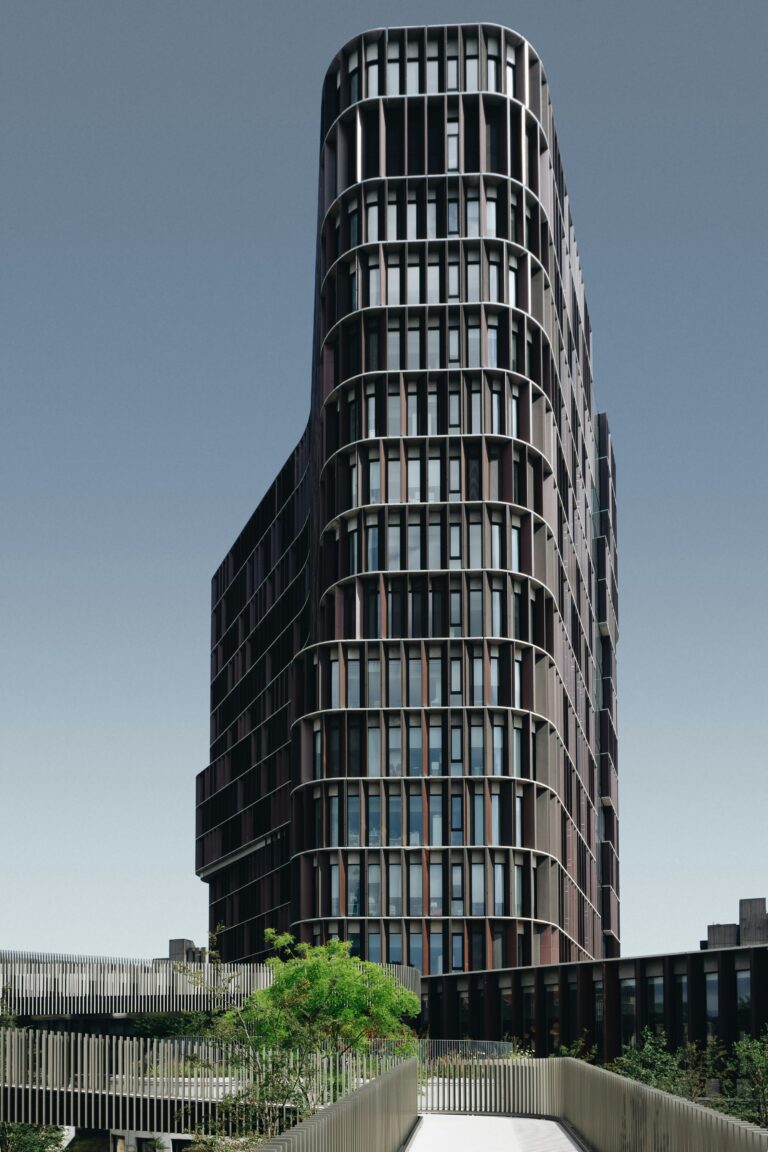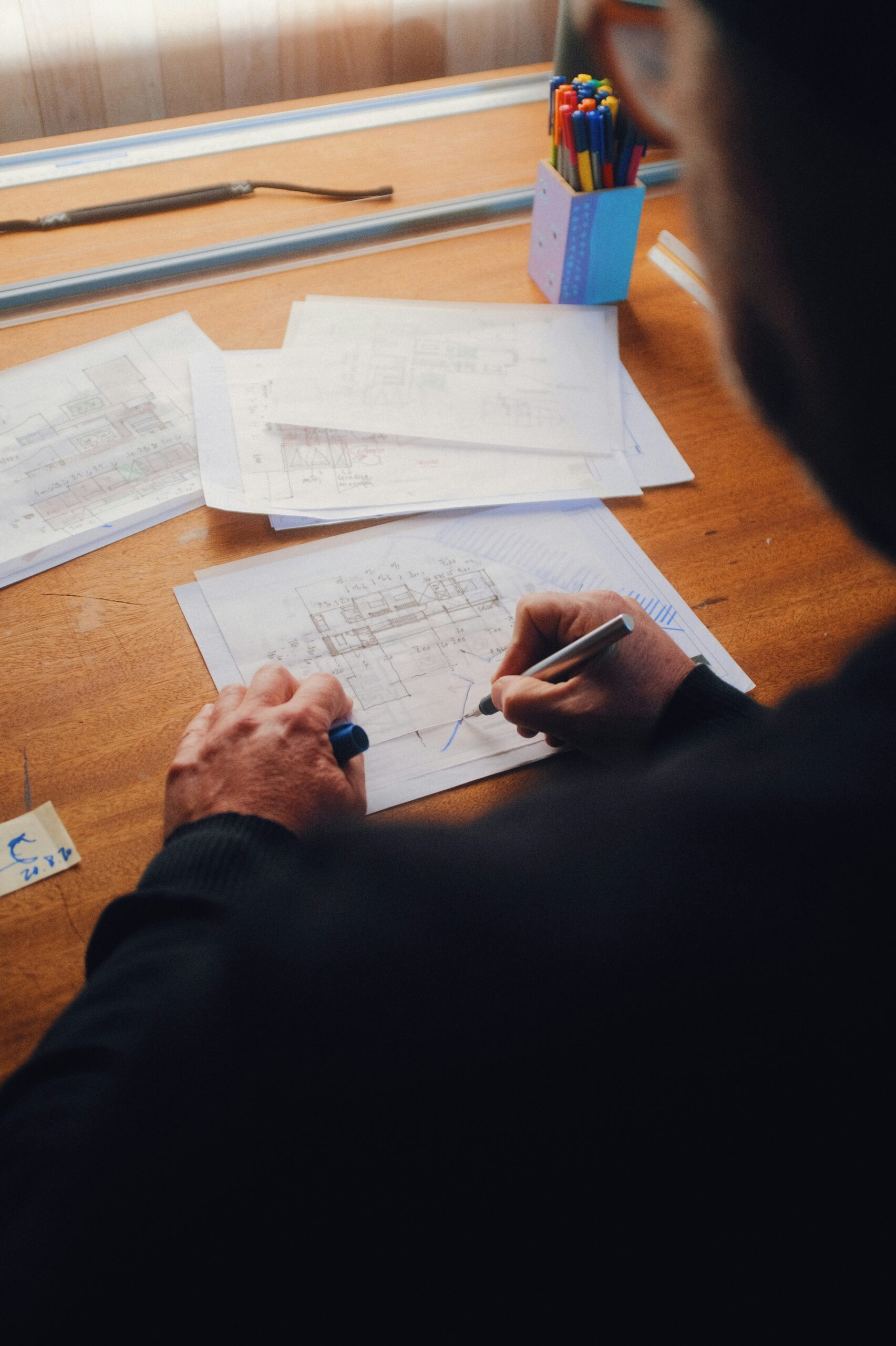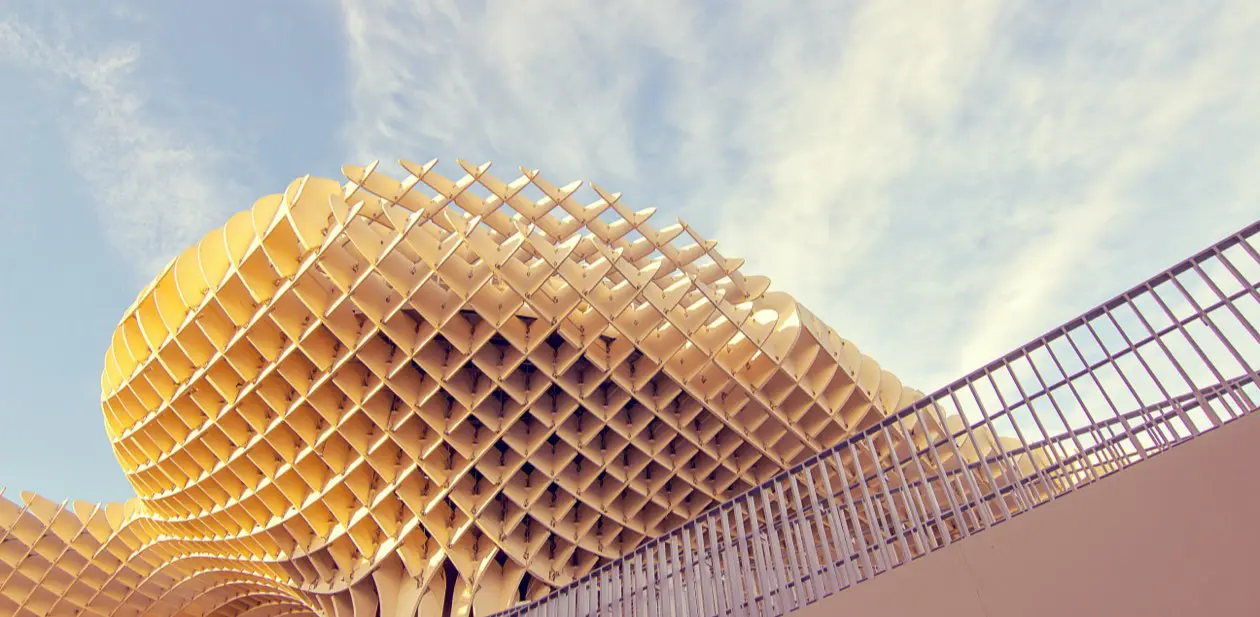Architecture is a dynamic art form that constantly evolves in response to cultural shifts, technological advancements, and environmental challenges. While innovation drives progress, it’s equally important to honor and draw inspiration from architectural traditions that have stood the test of time. Join us as we explore the fascinating interplay between tradition and innovation in architectural design.
Historical Context
Understanding the rich tapestry of architectural history provides a valuable foundation for innovation. By studying ancient civilizations, classical architecture, and vernacular building traditions, architects gain insight into timeless design principles and construction techniques that continue to inform contemporary practice. For instance, the use of natural ventilation and strategic orientation in ancient structures can inspire modern sustainable design solutions. By revisiting historical precedents, architects can create designs that respect and reinterpret the past while addressing the needs of the present and future.
Adaptive Reuse
Adaptive reuse is a sustainable approach to architectural design that repurposes existing buildings for new uses. By breathing new life into historic structures, architects preserve cultural heritage while embracing innovation and modernization. Projects like the conversion of industrial warehouses into loft apartments or the transformation of historic landmarks into vibrant community spaces exemplify this approach. These projects celebrate the symbiotic relationship between past and present, offering a sustainable alternative to demolition and new construction while preserving the character and history of existing buildings.
Cultural Sensitivity
Architecture is deeply intertwined with culture, and successful design solutions must be sensitive to local traditions, customs, and values. By incorporating elements of cultural heritage into contemporary design, architects create spaces that resonate with inhabitants on a deeply emotional level, fostering a sense of belonging and connection to place. For example, incorporating traditional building materials, local craftsmanship, and cultural motifs can create a sense of continuity and respect for the community’s identity. This approach not only honors cultural heritage but also enriches the user experience by creating meaningful and contextually relevant spaces.
Technological Integration
Technology is driving innovation in architectural design, enabling architects to push the boundaries of what’s possible. From parametric design software to 3D printing and robotic fabrication, architects are harnessing the power of technology to realize ambitious design visions and streamline the construction process. Parametric design allows for the creation of complex, organic forms that were previously unimaginable, while 3D printing and robotics can enhance precision and efficiency in construction. These technological advancements enable architects to explore new aesthetics, optimize performance, and reduce construction waste, leading to more innovative and sustainable buildings.

Sustainable Practices
In an era of climate change and environmental degradation, sustainability is paramount in architectural design. By integrating sustainable design principles, architects create buildings that minimize resource consumption, reduce carbon footprint, and promote environmental stewardship. From passive solar design and natural ventilation to green roofs and rainwater harvesting systems, sustainable architecture embodies the principles of innovation and responsibility. These practices not only reduce environmental impact but also enhance the well-being of occupants by providing healthier, more comfortable living environments. Sustainable design is a holistic approach that considers the full lifecycle of a building, from construction to operation and beyond.
Conclusion
By embracing the dynamic interplay between tradition and innovation, architects can create spaces that not only respond to contemporary needs and challenges but also celebrate the rich tapestry of architectural heritage that defines our built environment. The integration of historical context, adaptive reuse, cultural sensitivity, technological advancements, and sustainable practices ensures that architecture remains a living, evolving art form. As we look to the future, it is this balance of honoring the past and embracing innovation that will continue to shape the spaces in which we live, work, and play.






